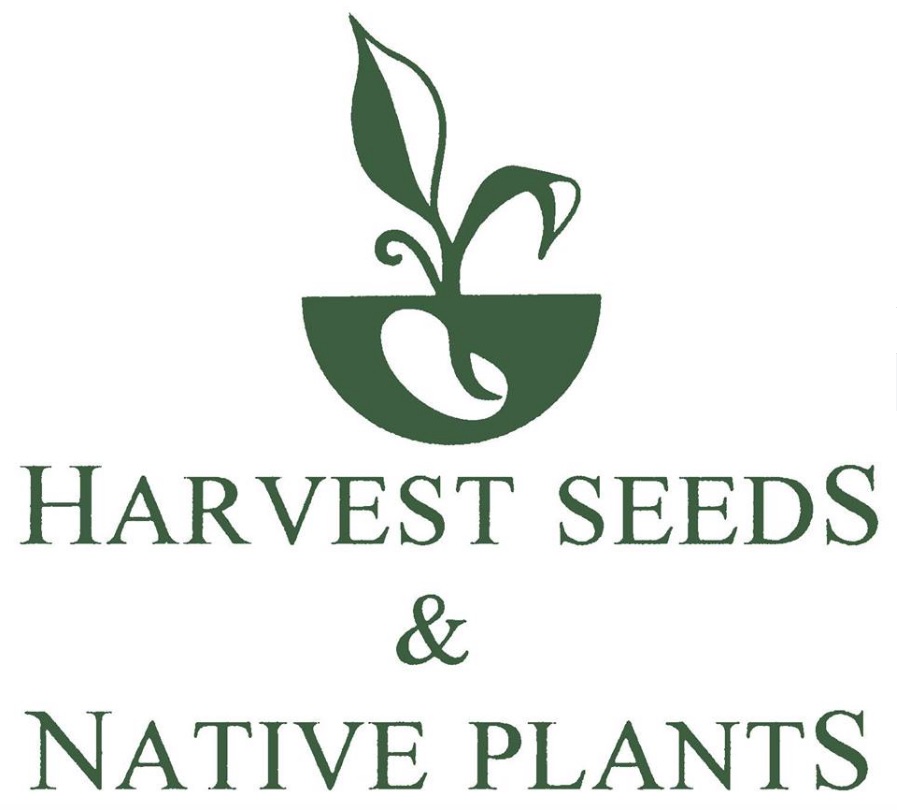Sowing native grass seed
When planting native grasses from seed, grow-cells or advanced plants, area needs to be:
- Free of weeds to allow the native grass to establish - native grass seedlings cannot compete easily against weeds. Many species are tolerant of broadleaf herbicides once they reach about 15cm, however trial a small section first to ensure the native grass will survive.
- Plantings require moisture until plants have established
- 6 weeks or so for seed
- 4 weeks or so for seedlings
KANGAROO GRASS
Themeda australis
DESCRIPTION
Kangaroo Grass is a densely tufted perennial with short, fine, soft, strappy leaves. It is highly ornamental in its flowering state in spring/summer, with green to blue-green foliage during spring, slowly changing to purple and later to brown during autumn and winter. It forms a large tussock shape, if not mown, from which emerge long and graceful tillers of flower spikes up to 1.5m, which turn a rich golden bronze colour during late summer and autumn.
CHOICE OF GRASS SPECIES
- Kangaroo Grass is probably the least site-specific of all Australian plants, extending from arid inland to the alps and the coast.
- Being a vigorously growing perennial it can quickly shade many competing weeds.
- Spring fire on a site containing soil-stored Kangaroo Grass seed promotes germination and temporarily reduces weed competition.
- As a spring/summer growing grass, tolerant to many herbicides (chlorosulfuron, glyphosphate etc.), it is relatively easy to establish in areas dominated by autumn/winter growing herbs and weeds.
- It is highly tolerant of shading by trees and shrubs.
SITE PREPARATION
The sowing site for seed and Grow-cell seedlings should be free of other summer-growing grasses such as couch, paspalum, kikuyu, nut grasses etc. If these grasses exist, then repeated herbicide spraying at 3-4 week intervals will be needed before sowing. Seed does not germinate readily until the daily average temperature is at least 20 degrees C. Being a summer-flowering species, maximum growth is achieved by sowing in spring/summer.
CULTIVATION
Seed sowing:
- No tilling of the site is necessary prior to the establishment of Kangaroo Grass, nor is the application of nutrient rich fertilisers.
- Under optimum conditions, seeds will germinate from 7 days to 2 weeks after sowing.
- Seed should be slightly buried, in order to obtain the greatest seed to soil contact and most benefit from soil moisture. Absence of soil contact and moisture affects the germination of the seed.
- If soil is compacted, use a pitchfork to aerate the soil and loosen it.
- Only a thin, maximum 1cm layer of leaf litter or straw may be applied after seed planting to help the soil retain moisture. Do not mulch the area heavily as this will prevent germination.
- Keep area moist (water once a day) for up to 6 weeks until you see strong seedlings.
Hand broadcasting or hydro-seeding is a cost effective method of establishing Kangaroo Grass. If hydro-mulching is the method used, great care must be taken to only spread a very thin layer of mulch as the mulch may smother the seed if applied too thickly.
Grow-cell Seedlings:
Kangaroo Grass seedlings are usually supplied in trays that contain 312 grow-cells, each 3cm square by 5cm depth. Each cell is in the form of an inverted pyramid for easy removal of seedlings when planting out.
For pure dense stands established quickly, we suggest planting Grow-cells at 10 to 15cm spacings. This will provide 50 to 100 seedlings per square metre. For mixed planting with other native species, we suggest planting Grow-cells at 100cm spacings, giving 1 seedling per square metre.
ESTABLISHMENT:
It is recommended that seed or seedlings be planted in spring or early summer to take advantage of the peak growing season. However, seeds require a minimum of 20 deg. C to germinate and seedlings respond to being planted out at most times of the year.
To protect slopes from wind or water erosion after sowing seed, a cover crop such as Japanese millet may be hydro-seeded onto the area. The millet binds the soil but being an annual, dies out and allows the Kangaroo Grass to dominate and take over.
Grow-cell seedlings should be well watered and kept moist, water at least every day or two, depending on weather conditions, for a period of up to a month or so.
MANAGEMENT
Once established, Kangaroo Grass will need no further maintenance except, very importantly:
- An annual mowing or slashing in winter. Alternatively, the area may be burned every 2 to 3 years to reduce dead foliage and encourage new growth.
- Reduce weeds in the area. If you don’t have time to herbicide or hand weed, just make sure you cut off any weed seed heads before they fall. This way you will manage the land and gradually reduce the weeds.
- Weed the area before seed of the native grass falls. If you do not take care of the weeds before the native grass seed falls, you will have exotic and native grass coming up together, something to be avoided!
These methods have proven to be effective in producing a green cover during summer and encourage germination of new seeds to thicken up the area planted.
Kangaroo Grass is extremely drought tolerant and, once established, requires no summer watering.
To revegetate acreage as cheaply as possible we recommend:-
Revegetate a small, manageable area at a time, say 10 m2.
Area MUST be weed free as possible before sowing. You do not want exotic seedlings coming up with the native seedlings as you will not know the difference.
Sow seed about 5g per m2.
Make an area your seed sourcing area where you can harvest the seed yourself by slashing the stalks and then laying them down where you want the seedlings to come up. This is a very good method especially on creek embankments.
We can supply Bothriochloa macra, Themeda australis, Microlaena stipoides and many other native grasses suitable for many different situations.

